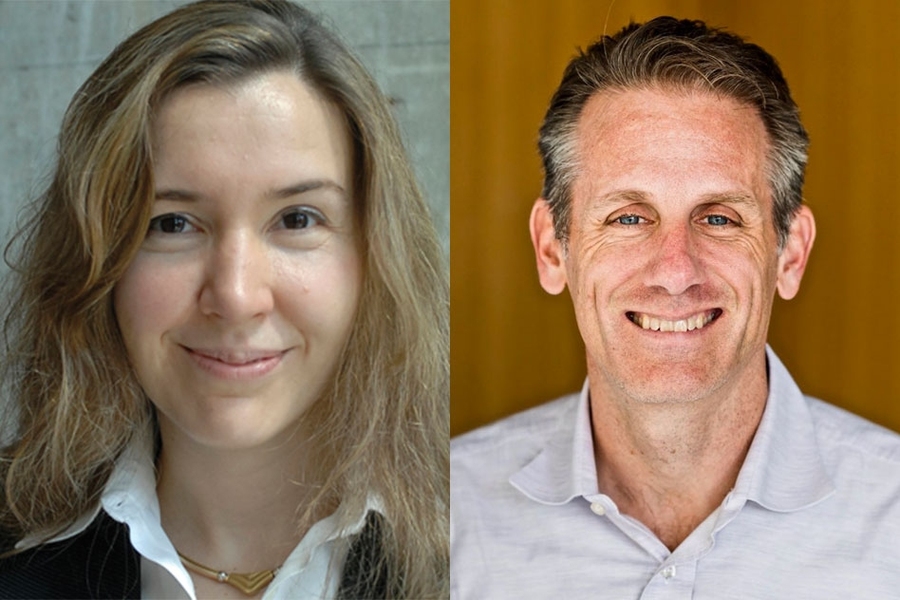In February, the Institute established five working groups to generate ideas for different components of the structure and operation of the new MIT Stephen A. Schwarzman College of Computing. The Organizational Structure working group is charged with recommending ways to organize the college’s departments and programs, establish its governance, and link it academically with MIT’s five schools, among other considerations. To get a glimpse at the group’s goals and progress, MIT News recently spoke with co-chairs Nelson Repenning, the associate dean of leadership and special projects and the Distinguished Professor of System Dynamics and Organization Studies at the MIT Sloan School of Management; and Asu Ozdaglar, the School of Engineering Distinguished Professor of Engineering and head of the Department of Electrical Engineering and Computer Science (EECS). Three community forums for all five working groups are being held Wednesday, April 17, and Thursday, April 18.
Q: Distilled, what are the key goals of your working group?
Repenning: First, we want to continue to have world-class research and teaching in computer science. Second, we want to develop a structure that will support people outside the field of computer science who are using and developing new computational innovations to do research. Computing is going to be much more tightly connected with the rest of the activity that happens at MIT, so we have to continue to infuse and support computing in all places where it’s relevant.
One challenge we face in developing such a structure is that right now, though they share a department, electrical engineering and computer science are somewhat divided. Our committee feels that categorizing everyone as either/or has outlived its usefulness and is creating needless friction. We aren’t quite sure yet how to resolve this issue, but we are working on it.
Ozdaglar: We are also discussing how to build bi-directional bridges to support interdisciplinary research between computing and other academic disciplines. Another important goal is to incorporate social science not as an afterthought, but as a critical component of future computing research.
Q: What major lessons have you learned in this process?
Repenning: Many of the fields we have at MIT move pretty fast, computer science being the most significant example now. Our organizational structure for teaching and hiring side doesn’t move fast enough to keep up. We are trying to design and reorganize a structure that can adapt to this changing landscape. It’s been challenging considering everyone’s differing views. It’s high stakes. Researchers care a lot about what they do, and don’t want their lives disrupted.
What I didn’t expect when I jumped into this is that we have a chance to set a standard here that could have impact far beyond the [MIT Schwarzman College of Computing]. There have been tectonic shifts in what we do here and, whether it’s genomics or sustainability, we may launch a new entity around another hot field in the near future. So, there will have to be a lot of thinking about how we add more dynamism to our existing organizational structure, so we’re continue to hire the right faculty and prepare students for challenges they’ll face when they graduate.
Q: Where are you now in the process and what’s left to do before submitting your summary report?
Ozdaglar: These new entities are way too complicated to try to design from a clean sheet of paper. We spent quite a bit of time going through a variety of structures we have for organizational research and technology here and elsewhere, and did a thorough diagnosis about what we liked and didn’t like about those structures. We went through EECS, CSAIL, IDSS, ORC, and IMES, and talked about the structures of entities at other schools. Our goal is to evaluate the strength and weaknesses of a bunch of different design options.
Repenning: Now, we have a pretty good sense of the landscape and are evaluating some strong designs. I will say the commitment of everyone at MIT to make this work has been remarkable. We’ve been meeting each week and everyone shows up, even people from departments that may not connect much with the new college. I think it’s a good testament to MIT’s culture.











